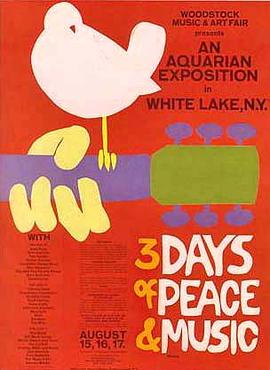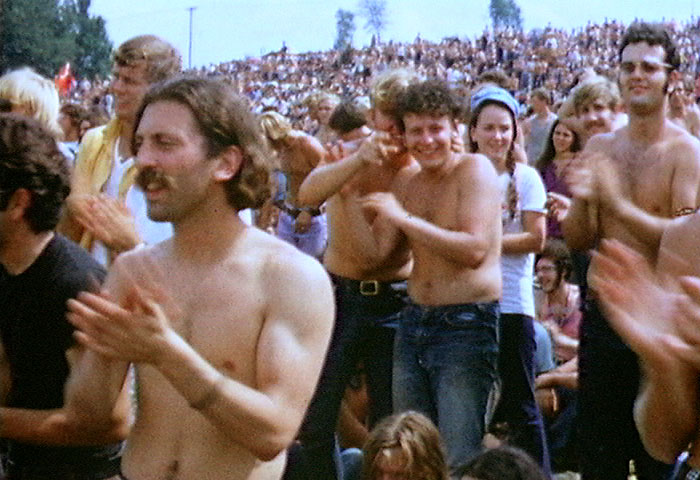Authors:
Historic Era:
Historic Theme:
Subject:
| Volume 1, Issue 1


Authors:
Historic Era:
Historic Theme:
Subject:
| Volume 1, Issue 1

Bruce Watson, a contributing editor of American Heritage, writes for our website and his own at TheAttic.space.
WOODSTOCK, NY — Thirty miles down the road, on a slope so green and sweeping that it looked like God’s own amphitheater, the crowds poured in over half a century ago. But the human hordes are long gone now. In their memory, summer crowds flock to this Hudson Valley hamlet with the name that still sings.
At least ten times a day, someone walks into the Woodstock Music Store, just off downtown. “So,” they ask, “where was the festival held?” Patient clerks tell them they missed it — not just by 50-some years, but by 50 miles. Sometimes, some wag will single out a field and give directions. “And they go off and take photos of it,” a clerk told me, “and it’s, like, some Little League field.”
So it goes in “The Most Famous Small Town in the World.” But Woodstock always was more than a festival, and its festive atmosphere still draws people who, as locals say, “came for the festival and never left.”
Along downtown's Tinker Street, the Woodstock generation seems to have grayed little, sagged less. Where else can you find a Levon Helm Memorial Boulevard? A huge drip candle growing wax stalactites since 1969? A free book bin that includes the Bhagavad Gita. And then there is all that tie-dye, spilling out of stores. And bookstores with coffee-table tomes about the festival, along with books on crystals, healing, and Woodstock’s most famous former resident.
“A month before showtime, the town of Woodstock pulled the permit. The move saved Woodstock from Coney Island crowds, but it was too late to change the festival’s name. A generation came to Yasgur’s Farm, and the rest was cosmic.”
Living with a legend isn’t easy, but Woodstock makes it seem so. Its grace under pressure, which includes weekend traffic jams and overflow parking lots, stems from its history. The town dates to the Revolutionary War, but it spent the 19th century simply surviving the raw winters of upstate New York. Then, in 1902, the artists came.
The first arts magnet was Byrdcliffe. Ralph Radcliffe Whitehead and his wife Jane Byrd, veterans of England’s Arts and Crafts movement, had a simple goal: to pursue a “rural, utopian ideal based on the brotherhood of artistic collaboration." Soon, artists wear- sick of industrial America began moving to Woodstock, in the shadow of the Catskills.

The Art Students League of New York hosted annual summer retreats featuring plenty of wine, sex, and, when things got slow, art. A series of classical concerts spread the word. Woodstock continued to attract